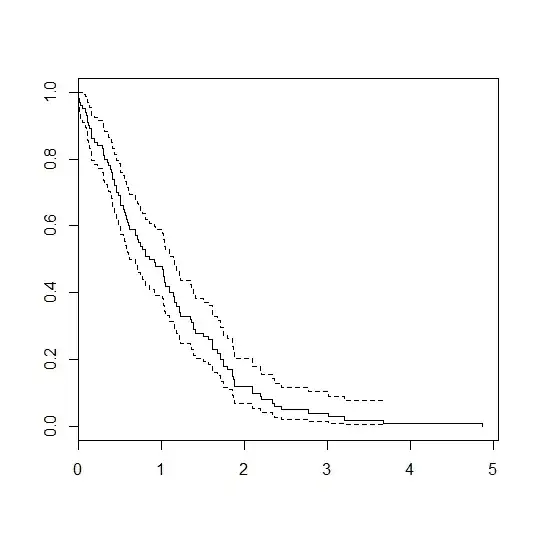Date, age, mrt and shops are all predictors in a dataset of 414 observations. Pearson's product-moment correlation shows a sizeable negative correlation between mrt and shops (-0.6 so definitely higher than the minimum benchmark of 2/sqrt(n)). Yet the VIF for both is quite low. Does this mean there is multicollinearity or not? And why is the VIF so low if Pearson's r is -0.6?
Ps: I have found a similar question here, but there Pearson's r is not negative and that might mean a difference. Any help would be much appreciated.
